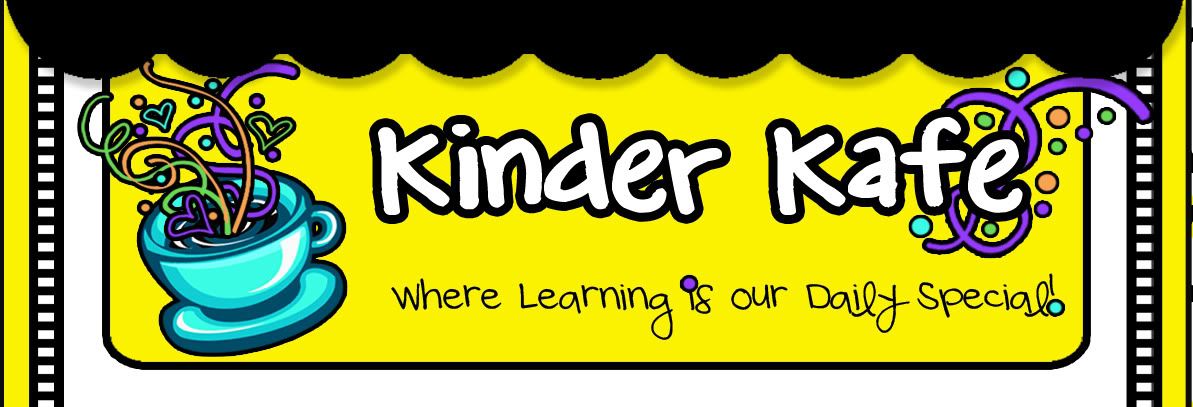
Friday, November 22, 2013
Kinder-Kafe: The "Schema" of things through collaborative compr...
Kinder-Kafe: The "Schema" of things through collaborative compr...: ELACCKKRL3 With prompting and support, identify characters, settings and major events in a story. So often we gather our students around...


The "Schema" of things through collaborative comprehension

ELACCKKRL3 With prompting and support, identify characters, settings and major events in a story.
So often we gather our students around our chair for a story. We read the text and then to make sure we've exposed them to story elements we proceed with basic recall and ask those questions that most always prompts choral responses. " Who was in the story?" " Where did it take place?" "What happened in the story?". You know the routine. Pretty boring huh? While reading several books about Thanksgiving this week (and we all know they are usually chapter books with limited kid friendly illustrations) our discussions became increasingly meaningful. As a result, I began to link text to self and text to text to create mental images with real life applications for my students to grasp the concepts of such an important part of our history. During student conferences in their follow up writing workshops, it was interesting to notice the details in their illustrations. As I listened to my students read their work, ( mostly retell a story) I was amazed at the details they included without really realizing they were indeed nailing RL1,2, and 3 of the reading standards.Then, that "Aha" moment hit ME! Now, all I had to do was bring to their attention what they ALREADY knew! Again, my students had taken the lead and it was my job to follow their interest.Through collaborative conversations(Yay! An opportunity to practice another language standard.) they illustrated vocabulary words we had recorded from "Close Reading" sessions during the week .Bingo! Clearly, they began to identify story elements for character, setting and events! It was amazing to hear their vocabulary and see the details in their drawings as they shared and justified the placement of their work on the display chart. While there was no formal independent practice other than their illustrations, I felt confident my students created cognitive structure to show "schema" as defined by Mandler & Johnson(1977). Their recognition, recall,and relating to the parts of the story supported internal representation of central narrative
elements in literature.

Saturday, September 28, 2013
Write on!
I always wonder if the anchor charts intorduced during mini lessons really have a lasting impact. Humbly, I brag on my budding writers as they brought affirmation this week to our lessons . As a wrap up with reminders, just before the work session of our writing started, several students chimed, "you gotta think it, then talk it, and then you can write it out!" I even heard "cause you gotta make sense and know what you mean when you put it on your paper!" Woo- hoo! That was music to my ears and the best part was seeing it in action during our work/conference session. I attached a photo below of our chart . This is the chart we use daily and the one I shared during our teacher session for those that didn't get a chance to copy this idea. Hope you find this helpful. Until next time.... Keep thinking, talking, and writing!
(I credit Lucy Caulkins with this three step process)

Are you in the WRITE zone?
All students CAN write. Common core appears scarey on the surface, however, with "close" reading and analysis of the standard, we find key words that scaffold the tasks. Notice all Kindergarten writing standards clearly state "with a combination of drawing, dictating, and writing to compose......." In addition, the language standards along with several reading standards state " with prompting and support"......
With that in mind and a clear understanding of the tasks, the expectations for not only the student but for us as educators become clearer and are indeed scaffolded to assist students at their Zone of Proximal Development. (Don't you just love Vygotsky?)To help ease the frustration levels and ensure that all students work at the ZPD, I use a goal chart ( ideas combined from other sources and years of grade level brainstorming) to provide a visual, as well as a starting point for emergent writiers. The students actually help me list the goals on the chart during a mini lesson. The goals change as we progress during the year. Post it notes are effective as they are usually accessible in our supplies, inexpensive, easy to manipulate on the chart, and require no prior fancy or fluffy preparations for the writing lessons (I am all about "NO FLUFF").
My class videos, unstaged or rehearsed, of the goal setting sessions are available for your veiwing upon request. I havent gained YOU TUBE confidence!
Remember, each child has a place for success in writing and celebrations should take place often at their "ZONE"!
Happy Writing,
Delia
Subscribe to:
Posts (Atom)




